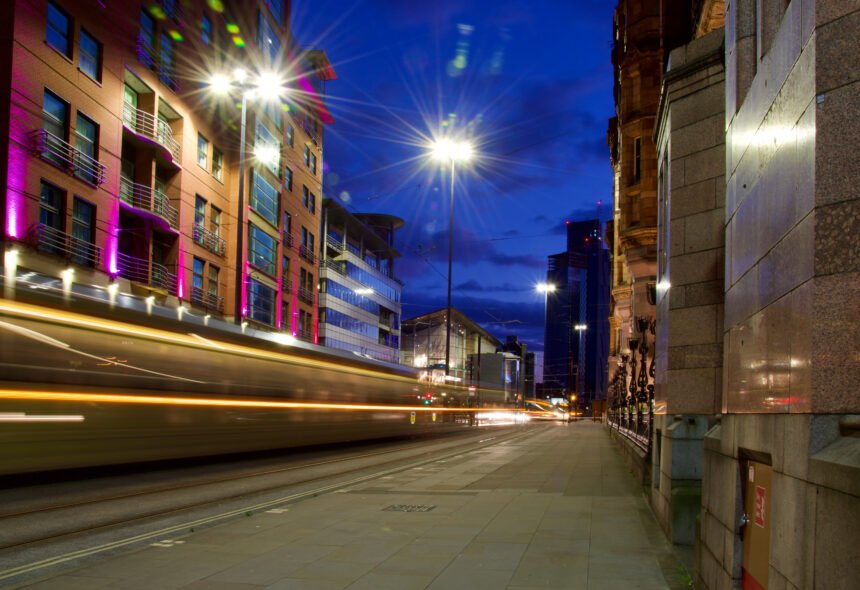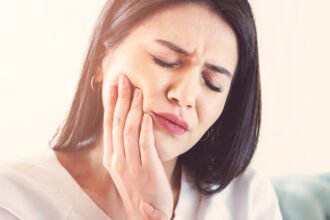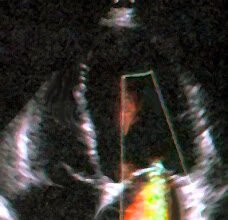We humans are pretty durable overall, but we can also be severely affected by things as minor as shifting light levels throughout the seasons. Indeed, light can dramatically impact our health, both positively and negatively. Artificial light can also have some very different impacts on our health than natural light.
Is your current lifestyle causing negative health effects due to lighting decisions or intensity levels? Let’s break down what you can do about it to see better health results in the future.
Effects of Lighting on Health
Remember, humans evolved in the wilds of Africa and were exposed to natural light all day and night. So it’s no surprise that light exposure and light levels can have intense effects on our health via the circadian rhythm. In total, lighting can affect you by:
- Altering your mood. Chances are you’ve experienced a simple example of this as seasonal affective disorder, which kicks in for many people during the winter months when there is less sunlight. Indeed, if we don’t get enough natural sunlight (specifically “blue” light, or light most common to the morning hours) we can feel depressed, irritable, and more. This can be even more problematic during the pandemic, which is why changing light might be necessary to help with your mood during it.
- Making it difficult to sleep, which itself leads to a host of health problems. Many of our electronic devices emit blue light, which can trick our brains into thinking it’s morning and make it difficult to sleep. This, in turn, can cause irritability, fatigue, and even deeper mental health problems in the future
- Changing your attention span or focus. It’s a lot easier to get into an accident or make a big mistake at work if you’re tired, and that can easily happen thanks to artificial lighting, which we expose ourselves to for many hours of each day
Unfortunately, many of us are far too familiar with these problems. Lots of us spend most of our time indoors, preventing our energy levels from adjusting with the rising and setting of the sun. Many more of us also practice daylight savings time, which throws off our circadian rhythms twice per year.
How to Solve Lighting Problems for Better Health
As you can see, there are lots of issues with the way we currently deal with lighting in our lives. There is no getting around the fact that light impacts our health. Fortunately, there are ways you can tackle these problems and solve lighting issues in your own home to improve your health.
Install Circadian Lighting
For starters, you can install circadian lighting throughout your home. Circadian lights utilize special LEDs or tunable lights that can adjust their intensity or color to follow the natural pattern of the day.
Install some circadian lights, and your body will adjust naturally to the setting of the sun, even if you don’t take a single step outside. You’ll feel better, fall asleep more easily, and have more energy throughout the day.
Interested in learning more? Check out some of these podcasts focused on circadian lighting for more information.
Invest in More Windows for Natural Light
You can also undergo some home renovations and install windows that allow more natural light into your home. The more natural light you expose your body to, the more vitamin D you’ll get and the more likely it is that you’ll be able to fall asleep when the time comes in the evening.
Plus, windows that let in plenty of natural light are aesthetically pleasing and can add significant resale value to your home!
Use Screens Less – Especially Before Bed!
Lastly, do yourself a favor and put down the phone or tablet about an hour before bed. As mentioned, electronic devices emit blue light and can make it really tough to sleep, as the blue light triggers our brains to release awakening hormones: the same kinds we feel when we wake up in the morning.
Put down your screens and read a book instead. Your brain will be relaxed and you’ll fall asleep with enough time so that you wake up with plenty of energy in the morning.









